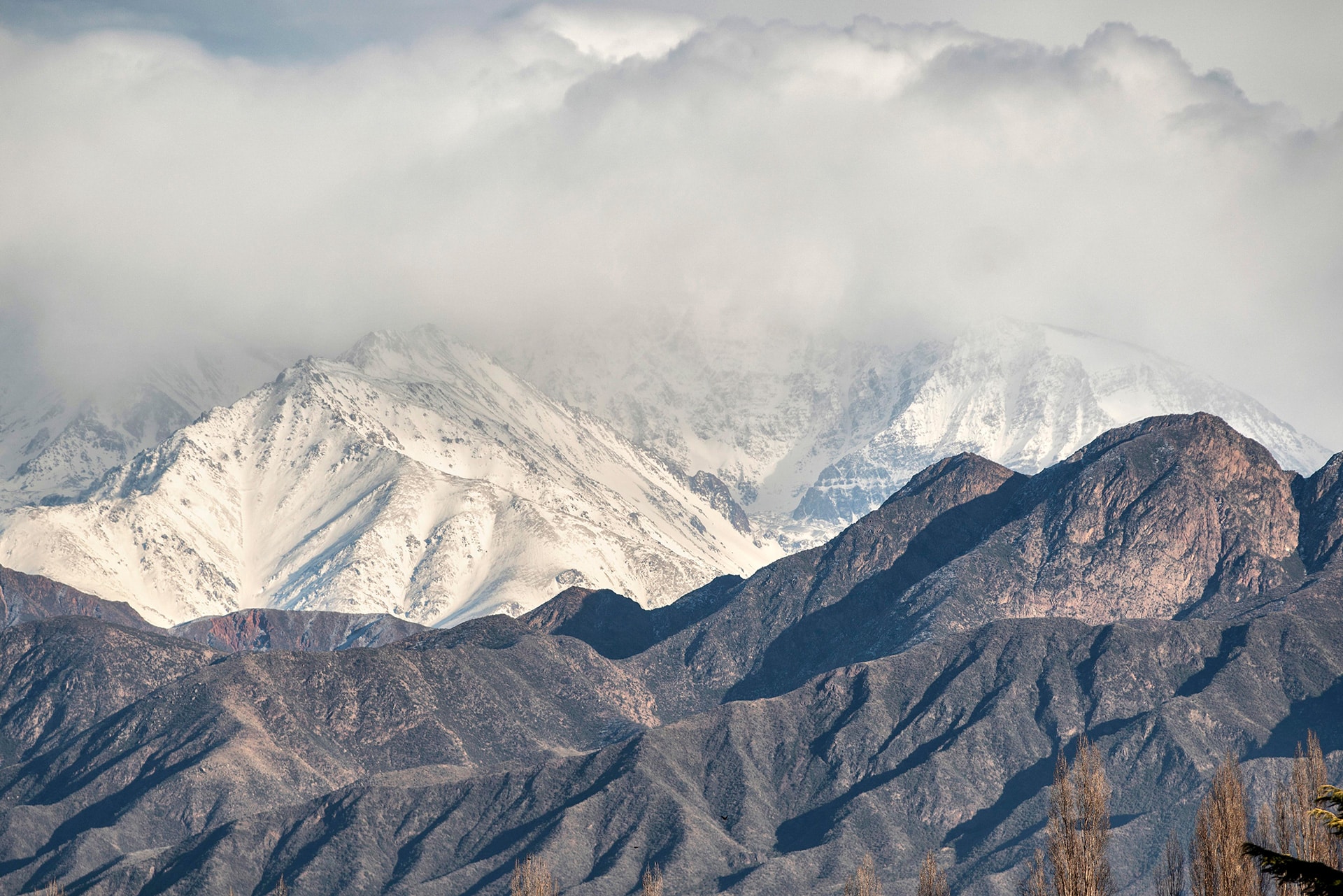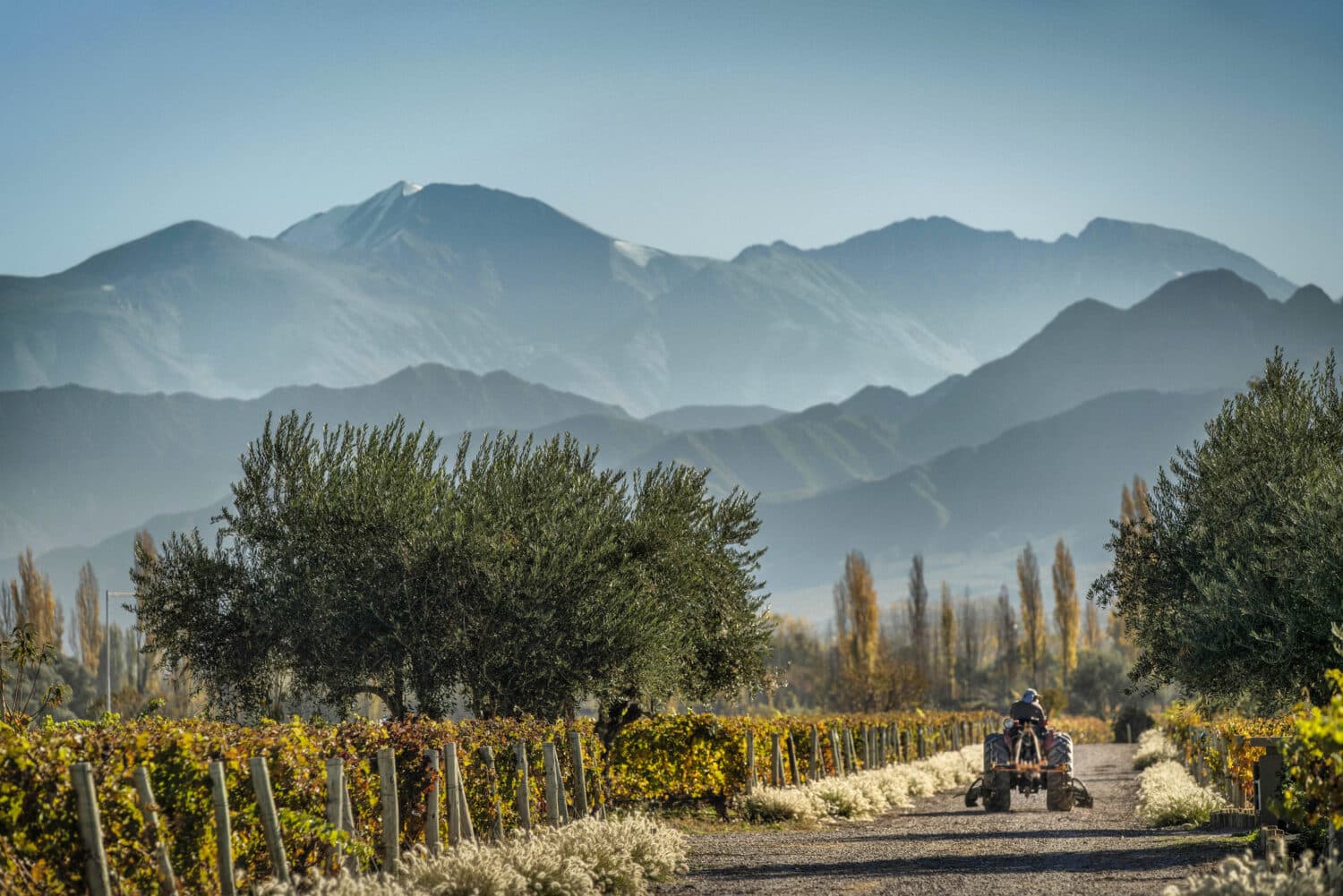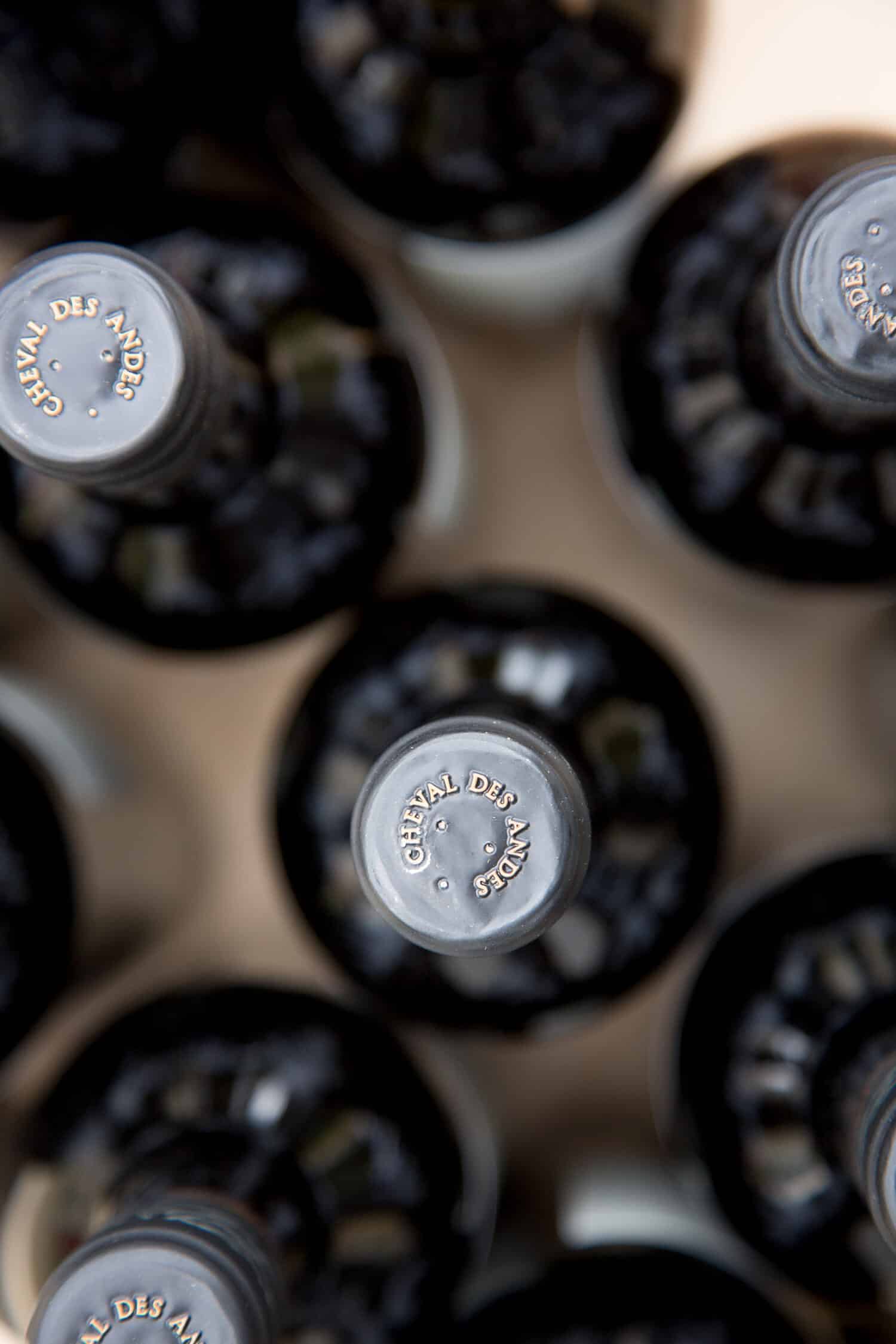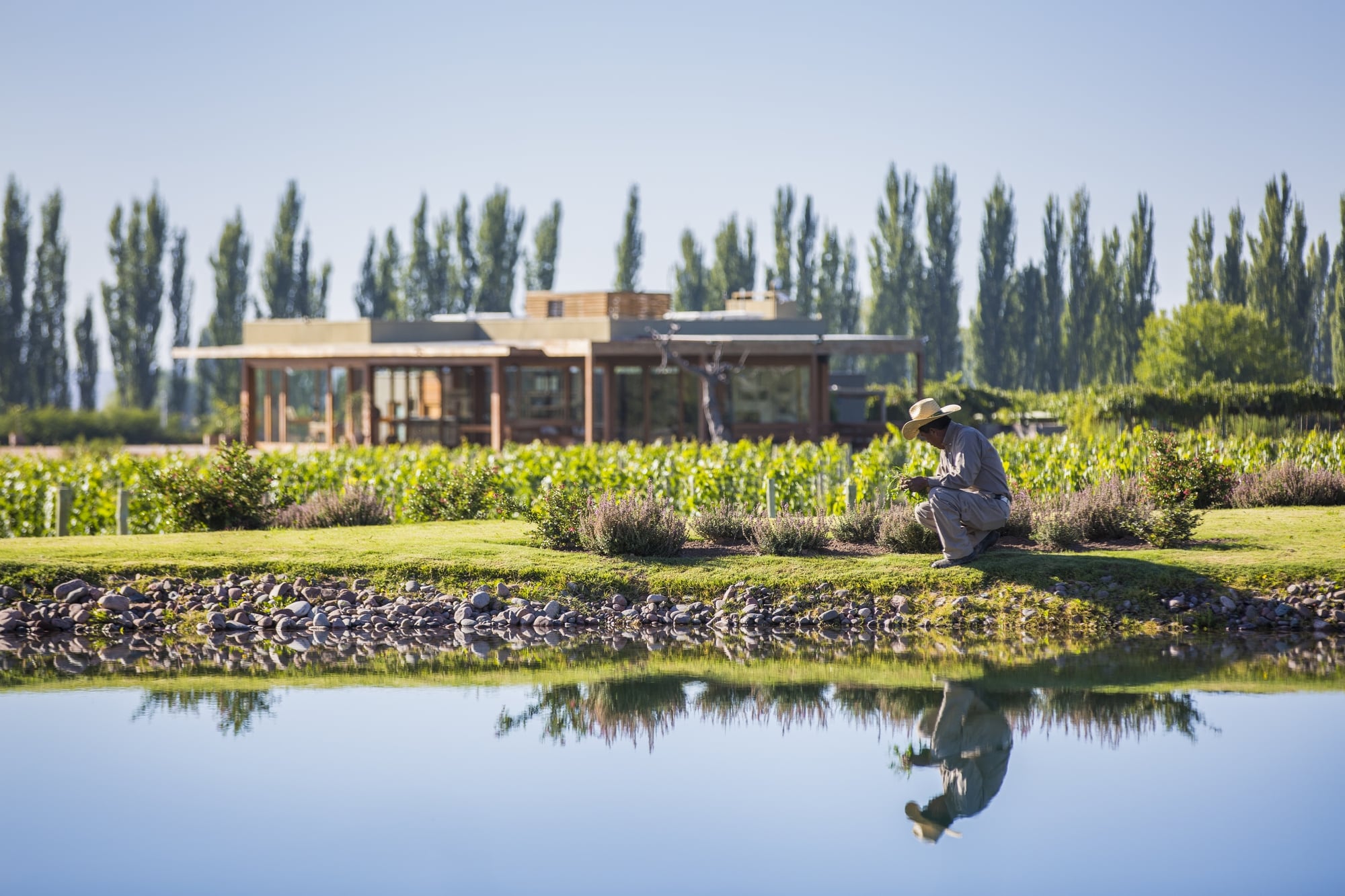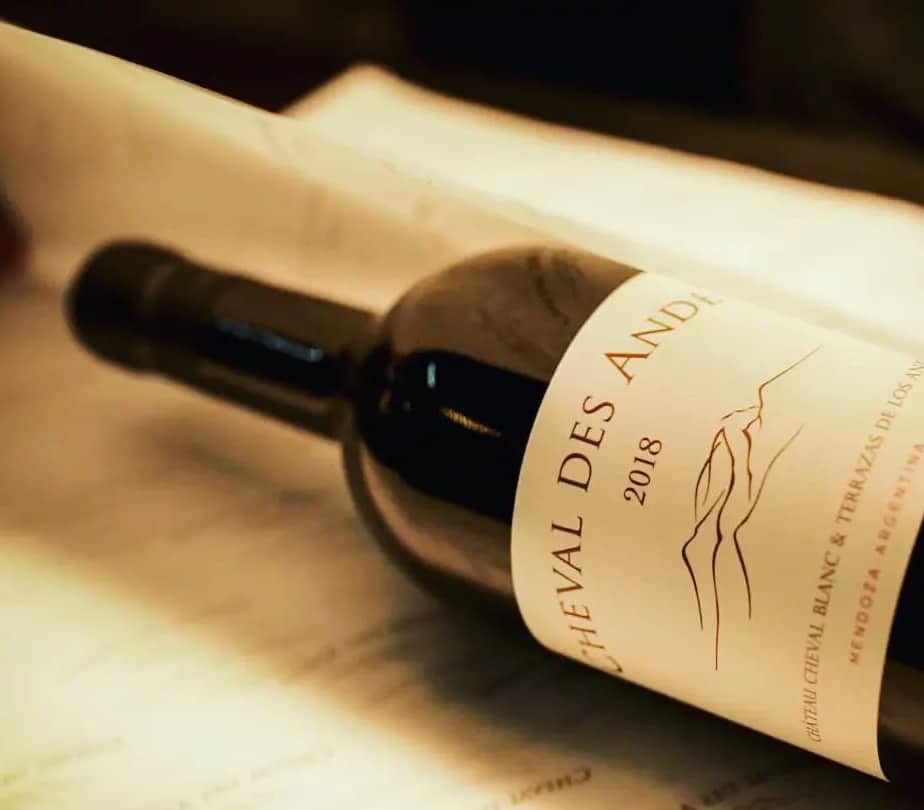
“Through the years and over several vintages a certain style has taken shape. Initially meant to be a Bordeaux style wine, it is in fact very Argentine. An Argentine which gallops though time, travelling with elegance. This wine has its own particular character.”
Pierre Lurton, President of Cheval des Andes
